Review: 2020 Genesis G70 (facelift 2020) 2.0 T-GDi (252 Hp) Automatic
A comprehensive review of the Genesis G70, exploring its features, performance, and suitability for various lifestyles.

The 2020 Genesis G70, with its facelift, brings a fresh look and enhanced features to the luxury sedan market. Known for its sleek design and robust performance, the G70 aims to compete with established luxury brands. But how does it stack up for different types of drivers? Let's dive into the details.
Understanding the Basics
Before we delve into the specifics, let's clarify some key terms. The Genesis G70 is a sedan, which means it's a car with a separate trunk and typically seats four to five people. This model features a 2.0 T-GDi engine, which stands for Turbocharged Gasoline Direct Injection. This means the engine uses a turbocharger to increase power and efficiency, and fuel is injected directly into the combustion chamber for better performance.
The G70's engine produces 252 horsepower (Hp), a measure of the engine's power output. It also has a torque of 353 Nm (Newton-meters), which is a measure of rotational force, indicating how much 'pulling power' the car has. The car is equipped with an automatic transmission, meaning it shifts gears automatically without the driver needing to manually change them.
Performance and Efficiency
The Genesis G70 is designed for those who appreciate a balance of power and luxury. With a fuel consumption of 9.3-9.6 liters per 100 km (approximately 25.29 - 24.5 US mpg), it offers reasonable efficiency for a luxury sedan. The car's CO2 emissions range from 158-163 g/km, which is typical for its class.
Its rear-wheel drive system provides a sporty driving experience, often preferred by enthusiasts for its handling dynamics. The G70's 8-speed automatic transmission ensures smooth gear changes, enhancing both performance and comfort.
Suitability for Different Lifestyles
City Driving
The G70's compact dimensions (length of 4685 mm and width of 1850 mm) make it suitable for urban environments. Its responsive steering and manageable size allow for easy navigation through city streets and parking in tight spaces.
Long-Distance Travel
For those who enjoy road trips, the G70 offers a comfortable ride with its well-tuned suspension and supportive seats. The fuel tank capacity of 60 liters provides a decent range, reducing the need for frequent stops.
Family Use
While the G70 can accommodate a small family with its five seats, the trunk space might be limited for larger families or those needing to carry a lot of luggage. It's ideal for couples or small families who prioritize style and performance.
Single Ownership
For single drivers or couples, the G70 offers a perfect blend of luxury and performance. Its stylish design and high-quality interior make it a pleasure to drive and own.
Adventure Lifestyles
While the G70 is not an off-road vehicle, its powerful engine and rear-wheel drive make it fun for spirited drives on winding roads. However, those seeking off-road capabilities might need to look elsewhere.
Strengths and Weaknesses
- Strengths: Stylish design, powerful engine, smooth automatic transmission, and luxury features.
- Weaknesses: Limited trunk space, not suitable for off-road adventures, and fuel efficiency could be better.
Conclusion
The 2020 Genesis G70 is a compelling choice for those seeking a luxury sedan with a sporty edge. It's best suited for city dwellers, single owners, or small families who value performance and style. When considering a purchase, think about what features matter most to you. Do you need extra cargo space, or is a powerful engine your priority?
| Attribute | Details |
|---|---|
| Generation | G70 (facelift 2020) |
| Modification (Engine) | 2.0 T-GDi (252 Hp) Automatic |
| Powertrain Architecture | Internal Combustion engine |
| Body Type | Sedan |
| Seats | 5 |
| Doors | 4 |
| Combined Fuel Consumption | 9.3-9.6 l/100 km |
| CO2 Emissions | 158-163 g/km |
| Fuel Type | Petrol (Gasoline) |
| Acceleration (0-100 km/h) | Not specified |
| Maximum Speed | Not specified |
| Engine Displacement | 1998 cm3 |
| Number of Cylinders | 4 |
| Engine Configuration | Inline |
| Power Output | 252 Hp |
| Torque | 353 Nm |
| Kerb Weight | 1605-1620 kg |
| Fuel Tank Capacity | 60 l |
| Length | 4685 mm |
| Width | 1850 mm |
| Height | 1400 mm |
| Wheelbase | 2835 mm |
| Drive Wheel System | Rear wheel drive |
| Number of Gears (Transmission Type) | 8 gears, automatic transmission |




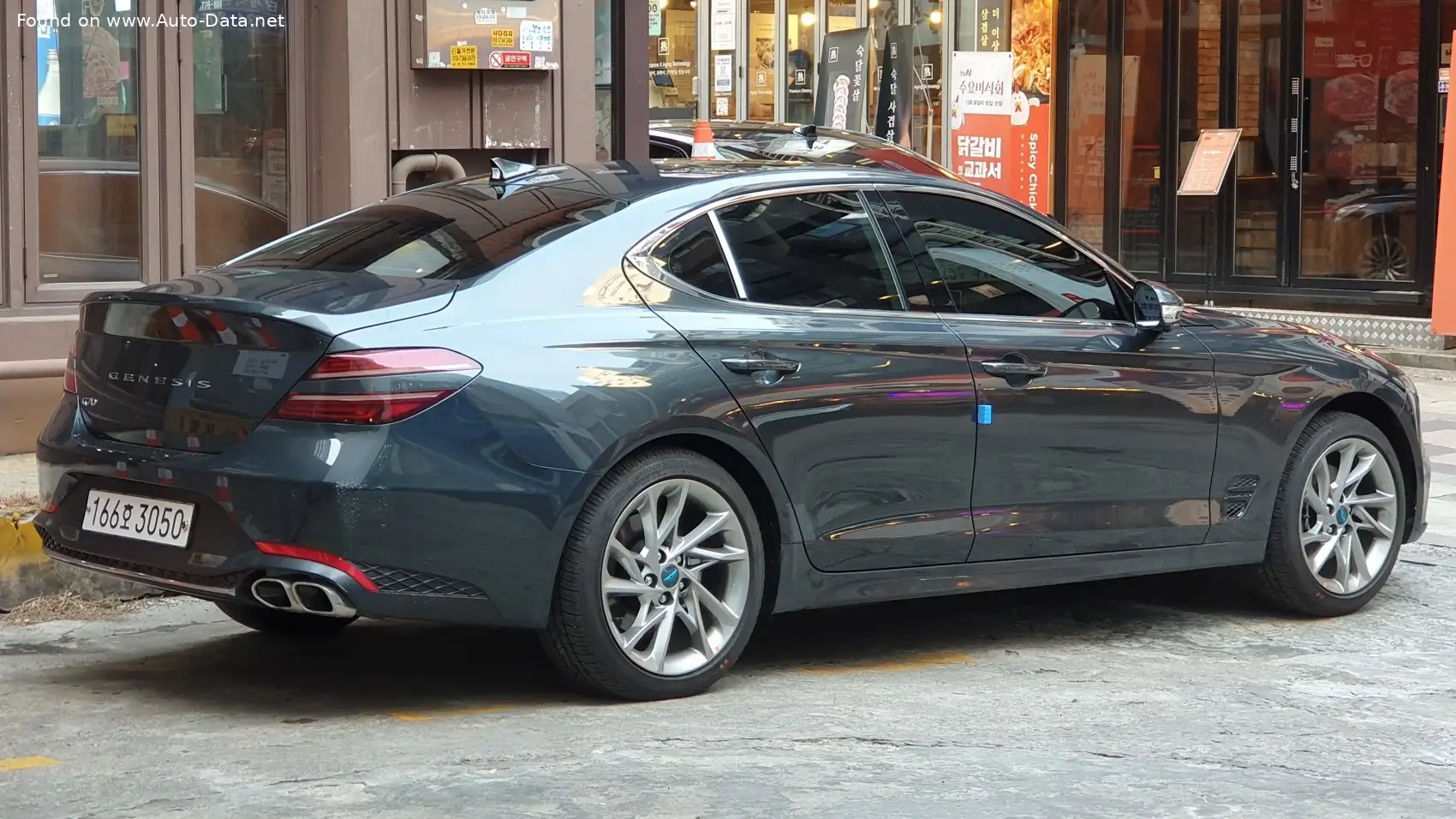
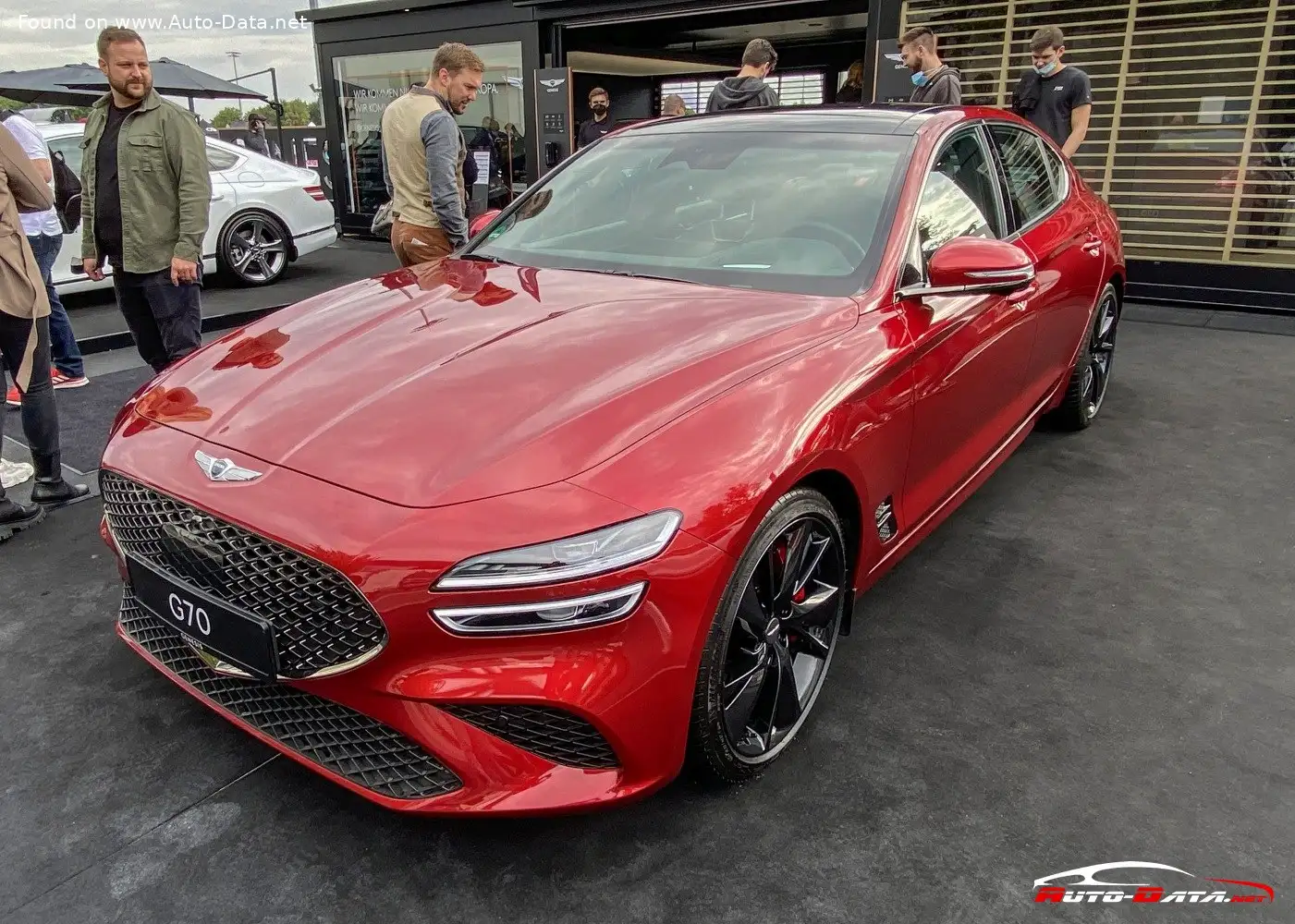
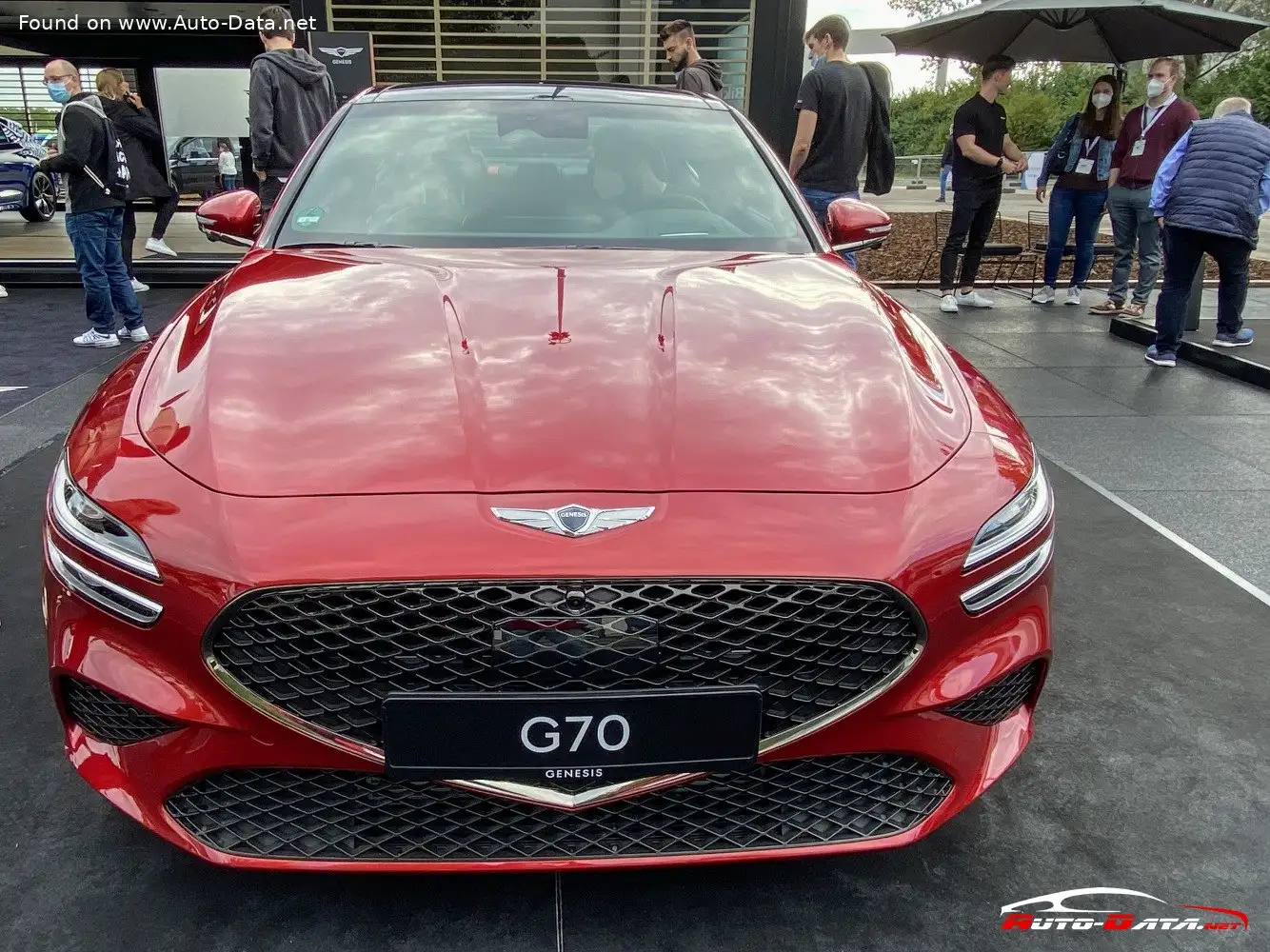
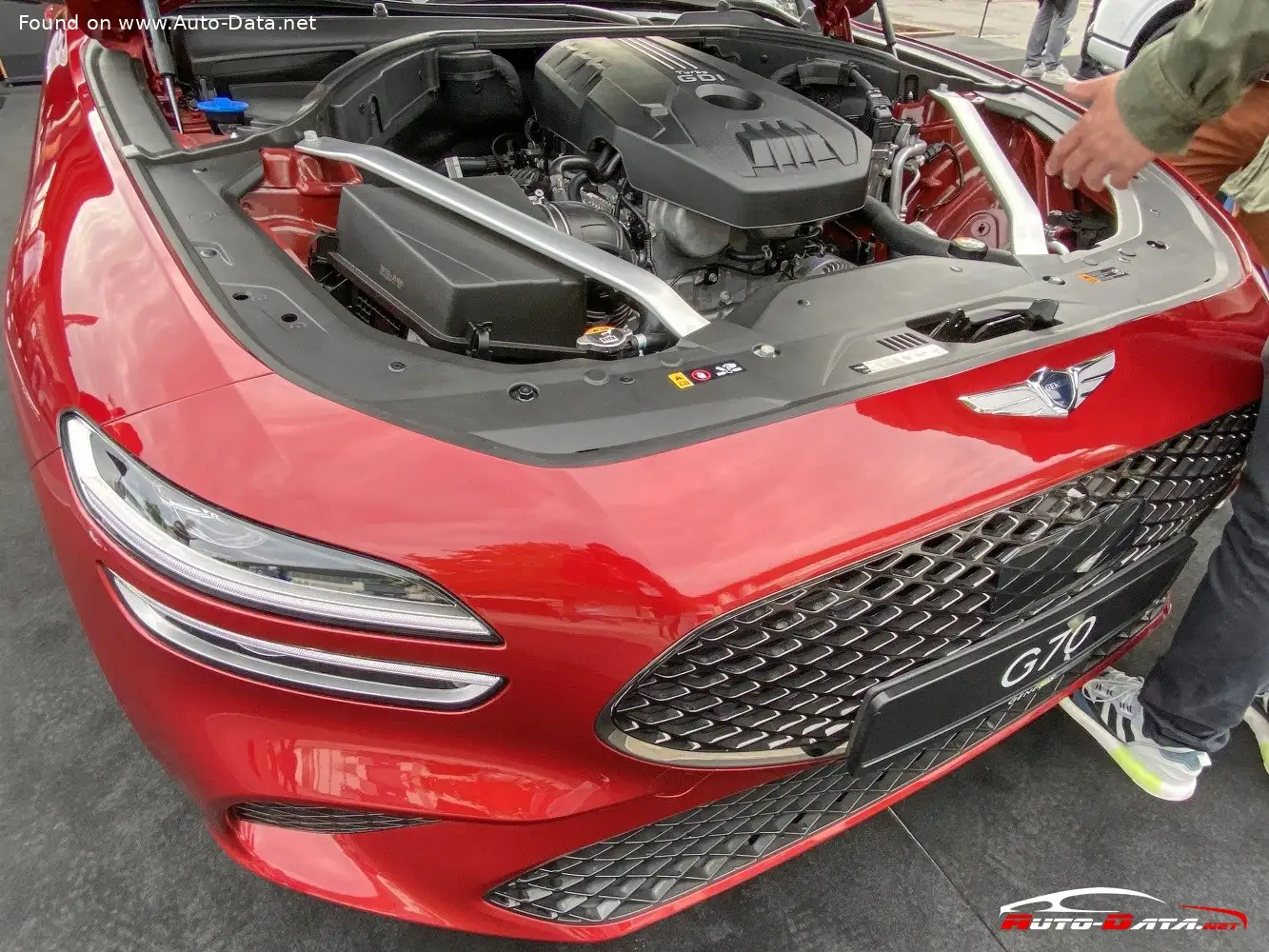
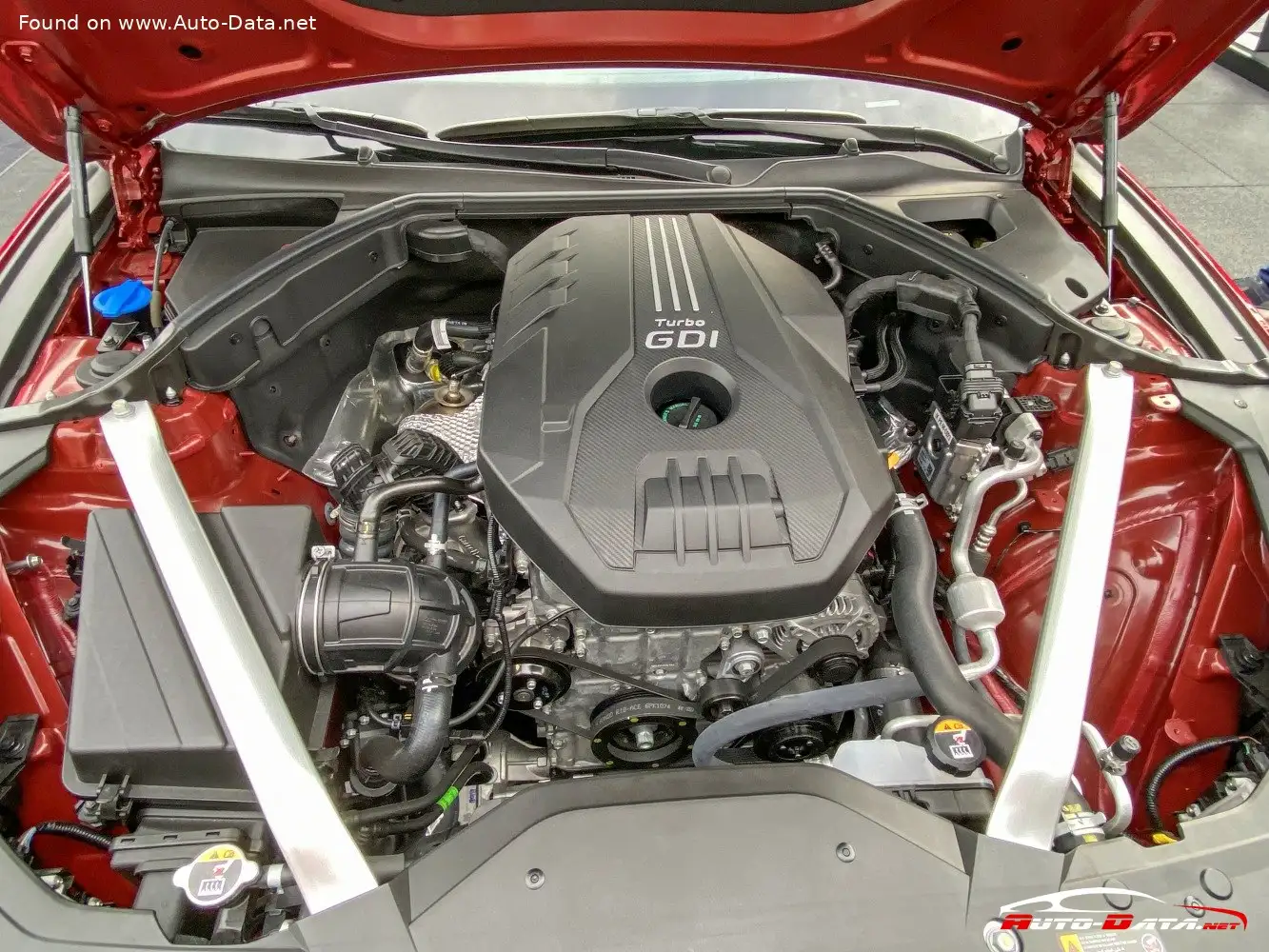
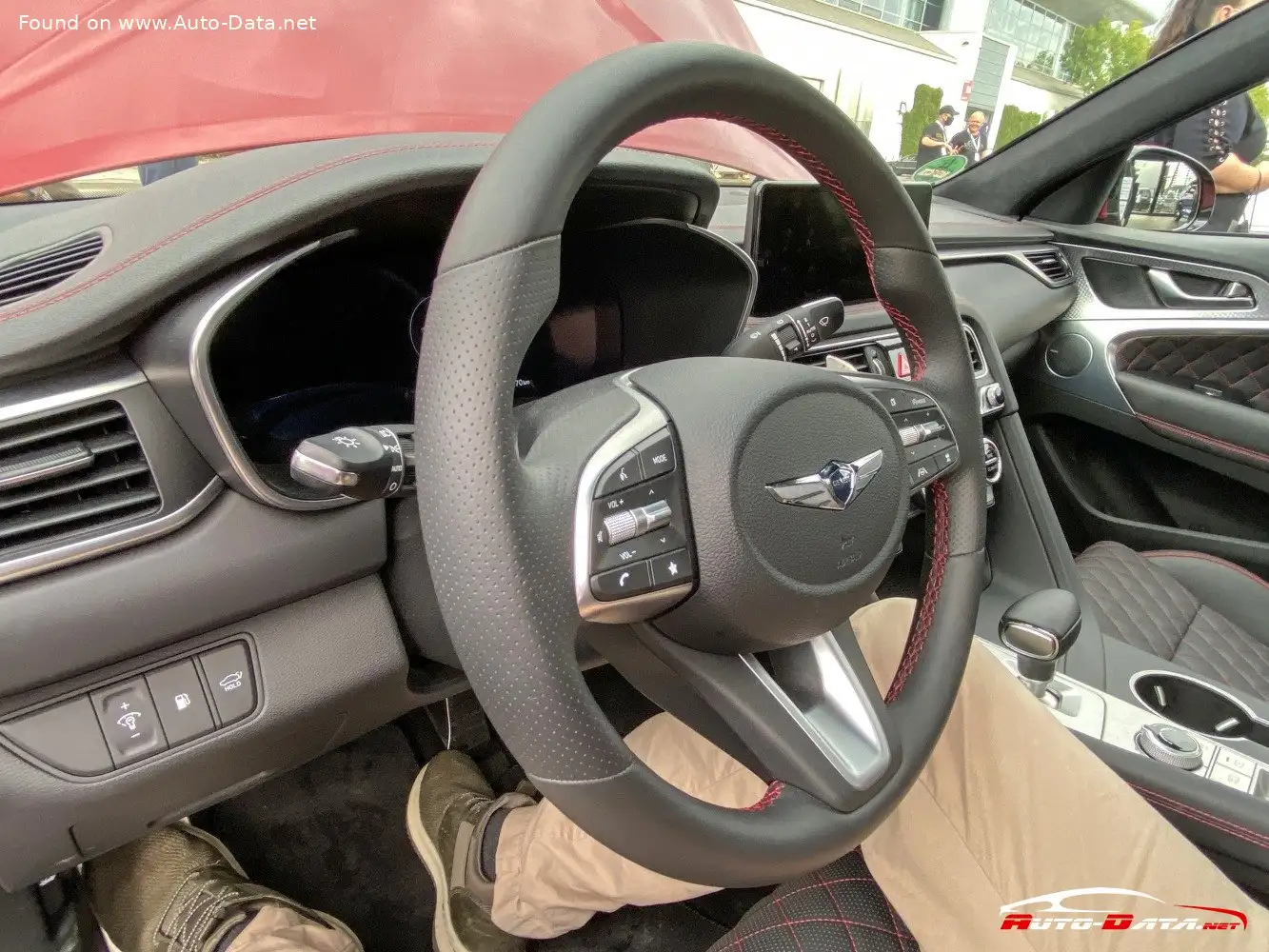

 CarChooser
CarChooser